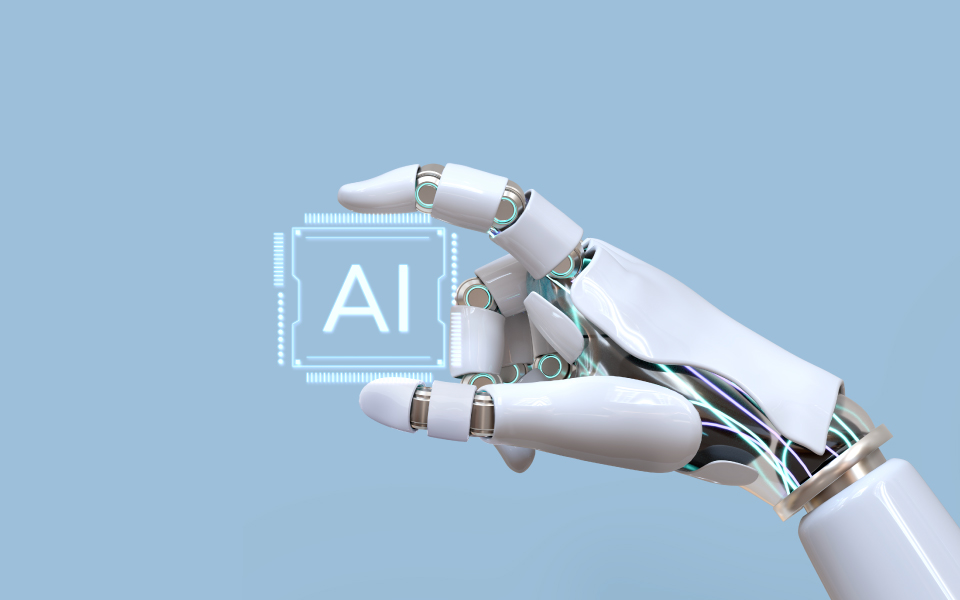The new General-Purpose Artificial Intelligence Code of Practice marks a turning point in the effective implementation of the Artificial Intelligence Act (AI Act) in the European Union. After months of speculation about the implementation timeline and feasibility of the planned measures, the publication of this document by the European Commission is a key step in providing legal certainty for operators and a relief to all stakeholders involved in the development, use, and oversight of these technologies.
At PONS IP, we view this progress as a clear sign of the institutional commitment to adhering to the timetable envisaged. In force since last August, the AI Act provides for the progressive implementation of its various provisions. In this context, the Code of Practice is not a binding instrument, but it does represent a highly relevant tool for facilitating regulatory compliance, anticipating technical requirements, and clarifying the scope of the obligations that will be imposed on providers and users of general-purpose artificial intelligence systems.
One of the Code’s most notable aspects is that, despite being voluntary, it provides a useful and operational reference for understanding how data used in model training should be documented, how risks associated with bias or the generation of infringing content should be managed, and which criteria operators must meet in terms of transparency and technical due diligence. In this sense, the distinction made between the roles of “provider” and “deployer” offers a more precise framework that will facilitate the allocation of responsibilities, especially in cases where AI tools are integrated into services or products intended for the end user.
As for intellectual property rights, the Code establishes a series of commitments that, while not mandatory at this stage, provide a basis that will likely serve as an enforceable standard of due diligence. Providers who subscribe to these practices must publish summaries of the data used to train their models, limit the use of protected content through automated crawling tools only when there is an appropriate legal basis, and take measures to mitigate the risk of generating results that infringe copyright. For entities that choose not to adhere to the Code, this reference will still be useful as an assessment parameter, especially if disputes over alleged infringement arise.
Starting 2 August 2025, Member States will be required to designate communication channels with their competent authorities, as well as make these channels public, in order to enable reporting of potential breaches of obligations related to general-purpose AI models. In Spain, this function will be performed by the Spanish Artificial Intelligence Oversight Agency (AESIA). This first phase of implementation will be critical in assessing the technical and legal maturity of the European AI ecosystem, as well as identifying potential grey areas in the implementation of the standards.
At PONS IP, we understand that this Code represents an opportunity for organisations to anticipate how they will adapt to the requirements of the Regulation, identify best practices in risk management, and strengthen their position in view of future obligations with a preventive and transparent approach.
Sofía Ruiz de la Viuda. Intellectual Property, AI, and Software Consultant | Technological Innovation Consulting.




